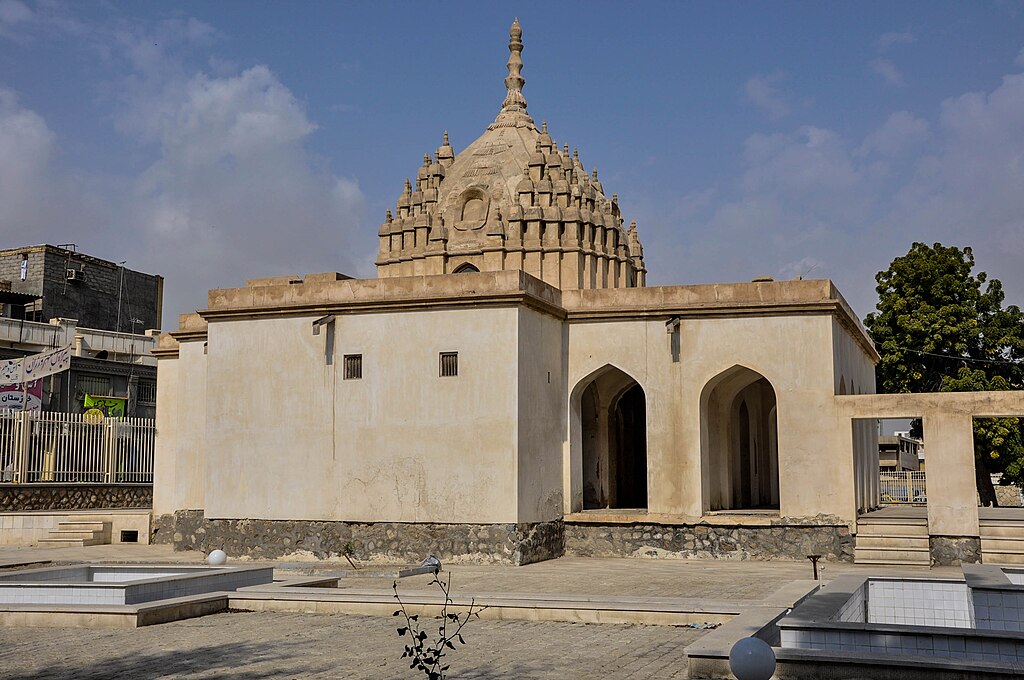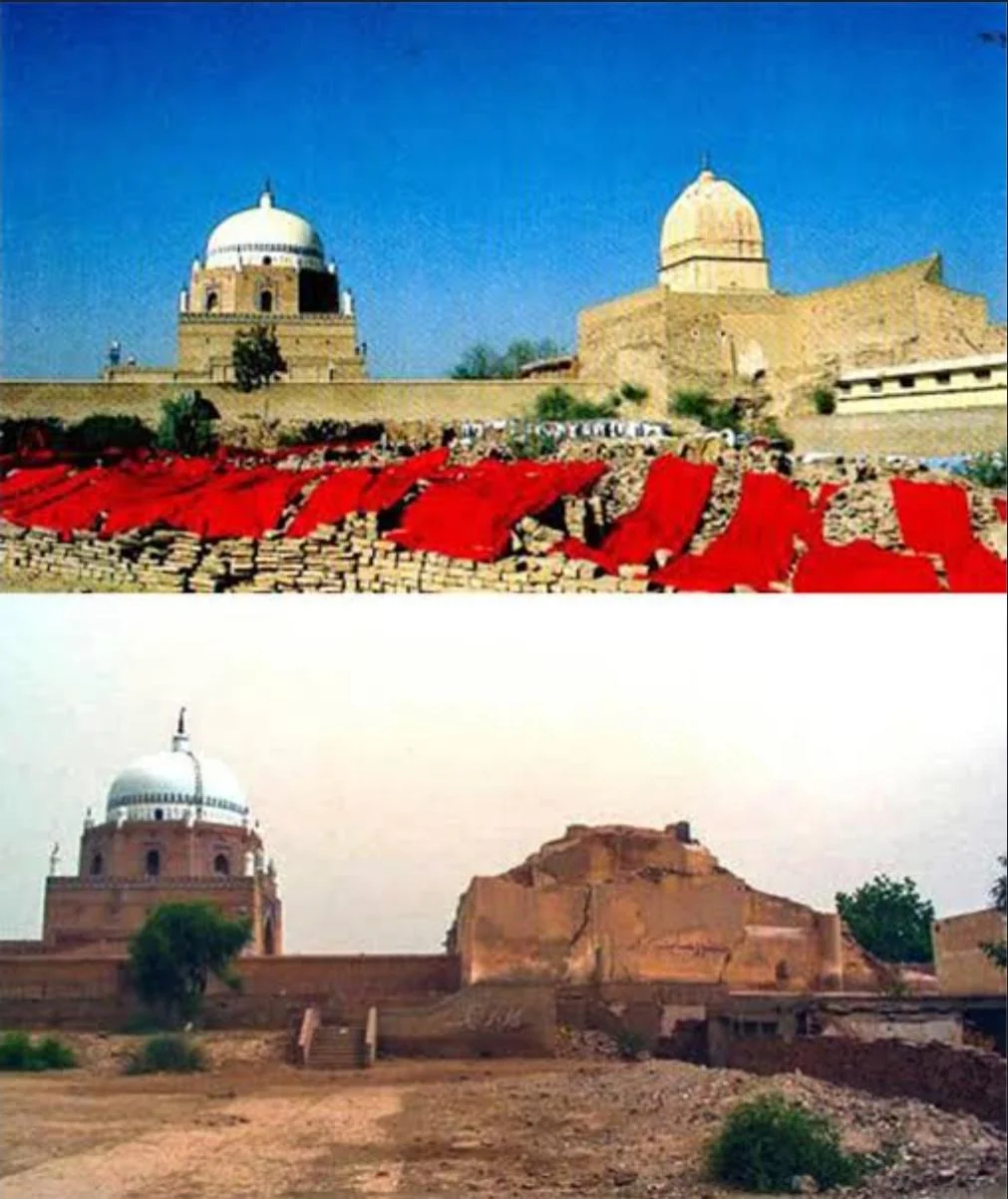Tucked away in the vibrant port city of Bandar Abbas, along the southern coast of Iran, lies a lesser-known yet historically rich monument — The Vishnu Temple. Built in the late 19th century, this temple stands as a powerful reminder of the deep cultural and commercial ties that once flourished between India and Iran.
🛕 A Temple Raised by Traders
Constructed around 1892, the Vishnu Temple was built by Indian Hindu merchants, primarily from the western Indian state of Gujarat. These merchants were actively engaged in trade along the Persian Gulf and had established a strong presence in Bandar Abbas, then a key maritime hub.
In a foreign land, thousands of miles from their home, these traders created a spiritual refuge — a temple devoted to Lord Vishnu, the Hindu god known as the preserver of life and protector of dharma.
🧱 A Blend of Cultures in Architecture
The temple’s architecture beautifully merges Indian spiritual motifs with Persian construction techniques. Its most striking feature is the central dome, an unusual design for Hindu temples but common in Persian and Islamic architecture, showcasing a fusion of styles.
Inside, the walls are adorned with lotus patterns, symbolic engravings, and faded remnants of colorful paintings that once told stories from Hindu mythology. Though time has taken its toll, the structure still whispers tales of devotion, resilience, and cross-cultural harmony.
🌍 A Silent Witness to History
Today, the temple is no longer active for worship, but it has been preserved as a historical monument by Iranian cultural heritage authorities. It serves as a rare and touching testament to a time when Iran and India were more than neighbors — they were partners in trade, culture, and spiritual exchange.
Despite its modest size, the Vishnu Temple in Bandar Abbas is a treasure trove for historians, travelers, and anyone interested in the shared stories of civilizations. It stands not only as a place of worship but as a symbol of tolerance and multicultural coexistence.
✨ Legacy and Significance
In a world often divided by religion and borders, this temple is a poignant reminder that spirituality and community can transcend national lines. It is one of the few Hindu temples in Iran and one of the most important cultural relics reflecting the influence of the Indian diaspora in the Persian Gulf.
As you walk through its quiet halls, you don’t just see the remnants of a temple — you feel the echo of centuries of friendship, faith, and unity.
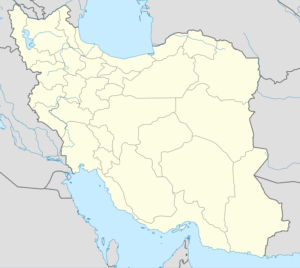
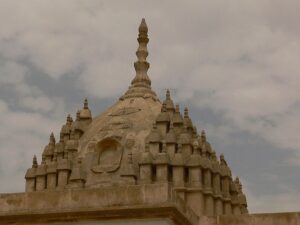
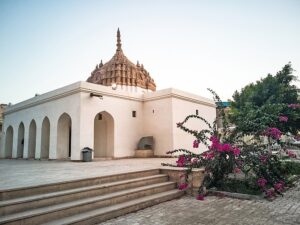
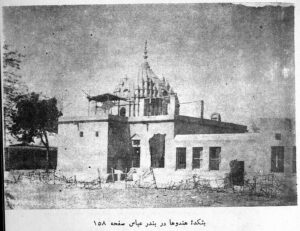
For more updates and detailed coverage of this case and other issues affecting the Hindu and Sindhi communities in Sindh, Pakistan, stay tuned to Sindh Renaissance.



